whatta ya think Les?
Enhanced Electronic Black Light MOTH Zapper
By Allen Dong, I-Tech, P.O. Box 413, Veneta, OR 97487
Home page
Public Domain, no copyright, November 25, 2000
High voltage electronic black light bug zappers use a fluorescent black light to attract insects and a high voltage wire grid to kill them when they approach the light. The effectiveness of the bug zapper can be enhanced by
* Placing the bug zapper on top of a large sheet of paper coated with sticky paste,
* Attaching a pheromone lure on the bug zapper.
Experiment
To control the grain moth population inside a grain storage shed, a 15-watt "Stinger" bug zapper (model UV 15) was installed. The bug zapper was set on top of a 20 x 30 inch paper coated with a sticky paste ("Stickem", available from Peaceful Valley Farm Supply
Garden Tools | Organic Seeds | Organic Fertilizer | Garden Supplies | Organic Gardening Supplies , or Planet Natural
Organic Gardening Since 1991 | Planet Natural Garden Supply ). A grain moth pheromone lure (The Pantry Pest Trap from "SureFire", also available from Peaceful Valley Farm Supply and Planet Natural) was attached on top of the bug zapper. The number of moths trapped using the bug zapper plus sticky paper and pheromone method (A) was compared with the bug zapper alone (B), bug zapper plus sticky paper (C), and pheromone with sticky paper (D). The bug zapper was turned on during the peak moth activity period, 2 hour before and 2 hours after sunset.
Results
Date and number of moths killed
Date, 1999 (A) Bug zapper + pheromone + sticky paper (B) Bug zapper alone
Under zapper on paper total
June 21 12 5 17 10
22 10 18 28 7
23 18 100 118 14
24 13 81 94 31
(C) Bug zapper + sticky paper
27 5 6 11 29
28 1 10 11 17
29 13 28 41 38
30 69 160 229 113
(D) Pheromone + sticky paper
July 1 6 5 11 19
2 4 8 12 18
4 1 9 10 1
5 17 19 36 4
6 34 69 103 6
11 47 48 95 17
12 28 96 124 37
Discussions
* When using the bug zapper plus pheromone and sticky paper method (A), the sticky paper killed 3 times more moths than the high voltage wire grid ([column 3]/[column 2]).
* The bug zapper plus pheromone and sticky paper (A) killed 4 times more moths than the bug zapper alone (B) without pheromone or sticky paper, ([column 4]/[column 5], June 21-24 data).
* There was insufficient data to determine a statistically significant difference between the bug zapper plus pheromone and sticky paper method (A) versus bug zapper and sticky paper (C) without pheromone (June 27-30 data). The high moth count on June 30 (229 with pheromone versus 115 without pheromone) suggests that pheromone lure should be included in the trap, especially when pheromone lures are relatively inexpensive. Furthermore, pheromone lures have the advantage of selecting for moth species and mating disruption whereas the bug zapper is indiscriminant.
* The bug zapper plus pheromone and sticky paper method (A) trapped 7 times more moths than trapped by the pheromone and sticky paper (D), without bug zapper ([column 4]/[column 5], July 1-12 data).
* In a separate test, the bug zapper with the pheromone lure was placed on top of the sticky paper 8 inches away from a wall. Another sticky paper was attached to the wall behind the bug zapper. At the end of a week, there were over 300 moths on the horizontal sticky paper under the bug zapper and 15 moths on the vertical sticky paper attached to the wall. Vertical placement of the sticky paper was not effective in trapping moths. For moths to land on the vertical surface, they would turn their backs to the light source, whereas, moths could land on the horizontal surface while facing the light source.
 has no exp date.
has no exp date. has no exp date.
has no exp date.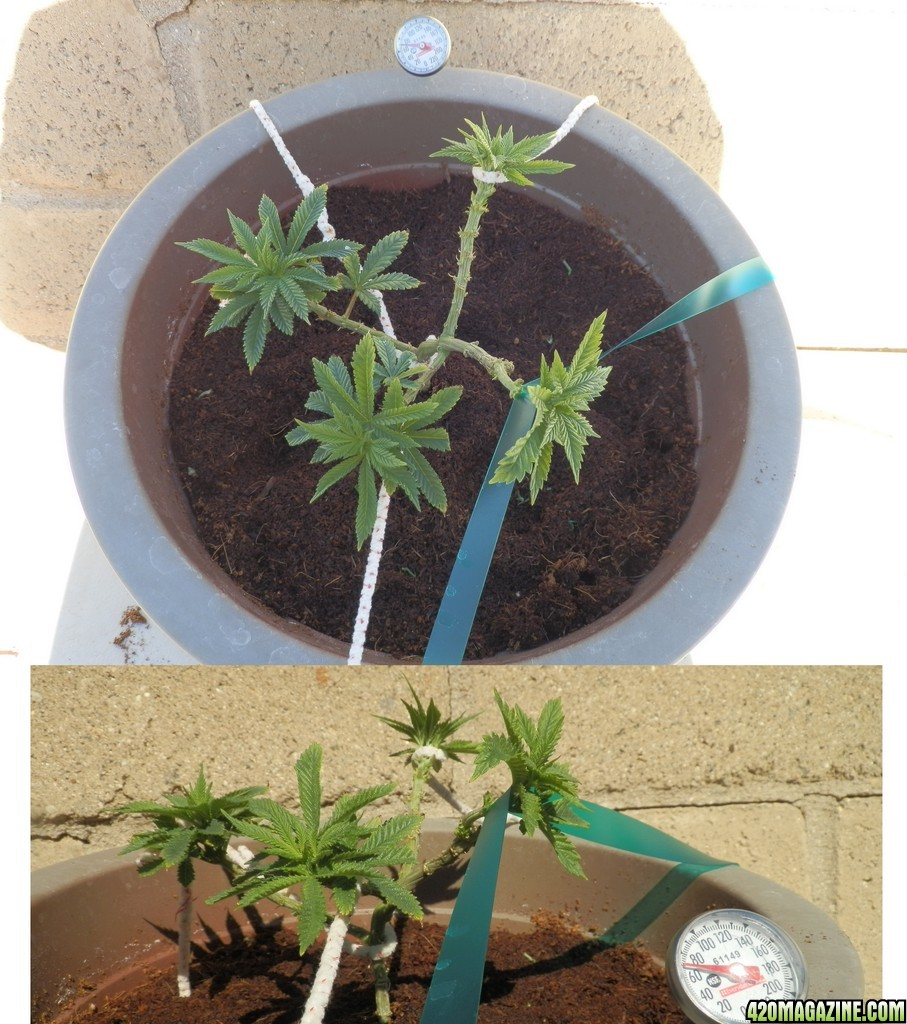


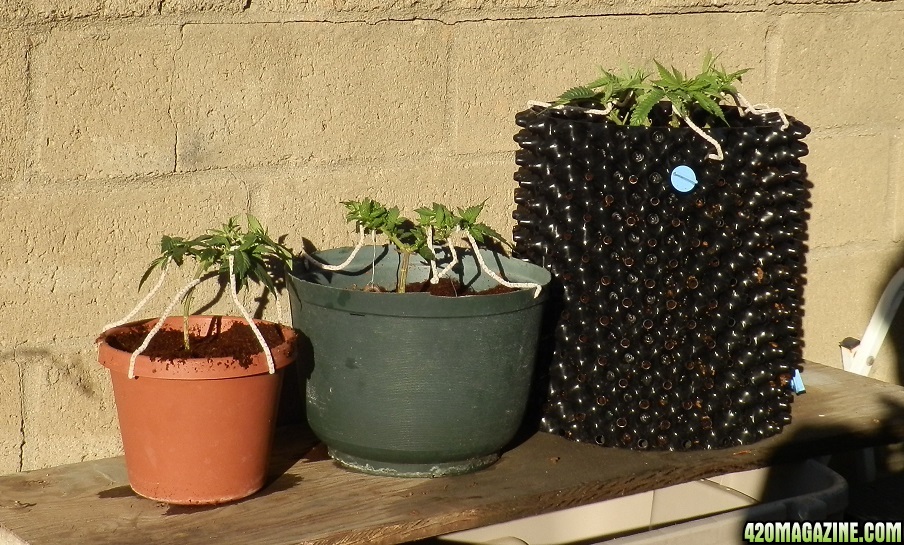

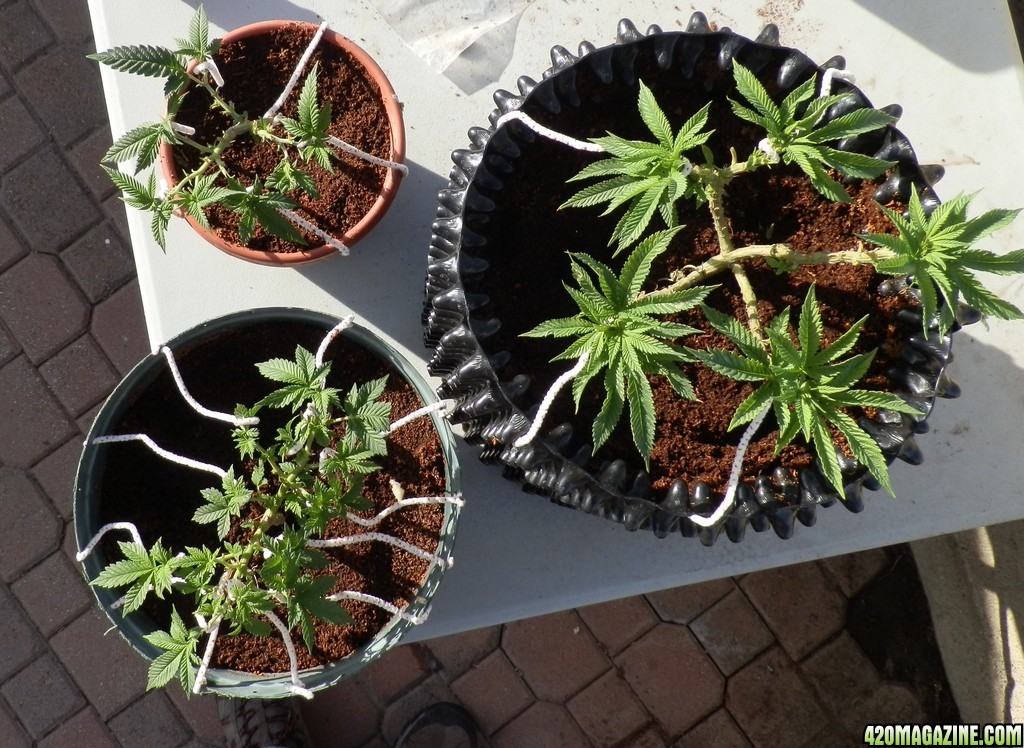



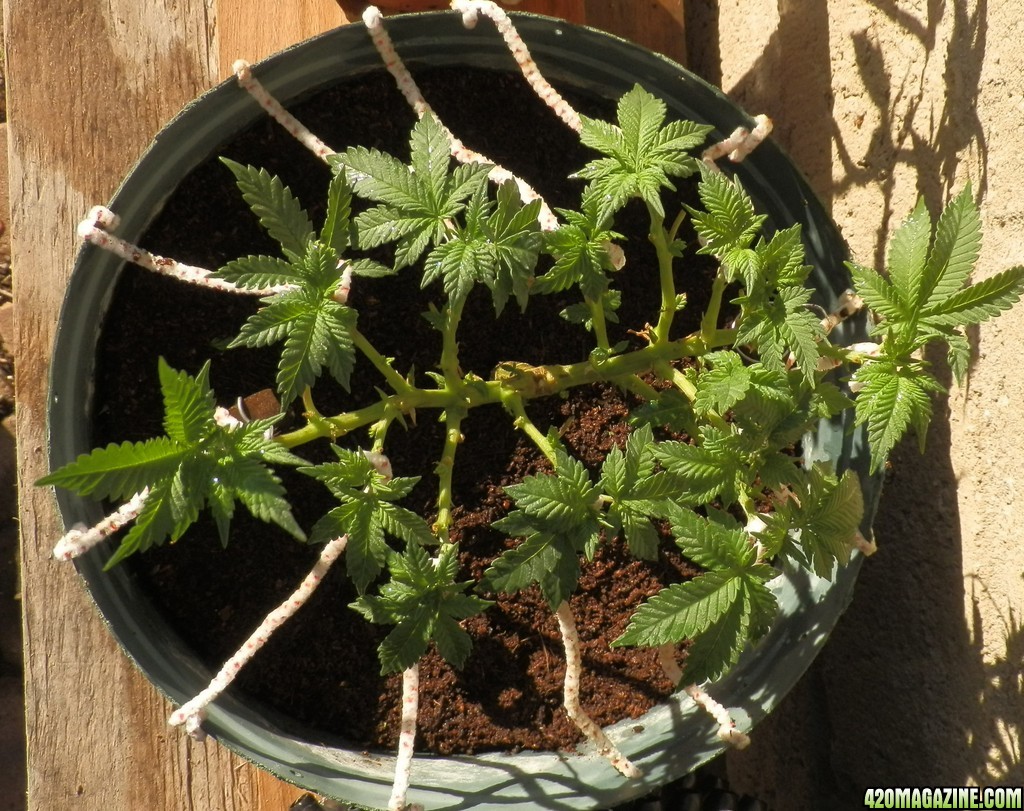


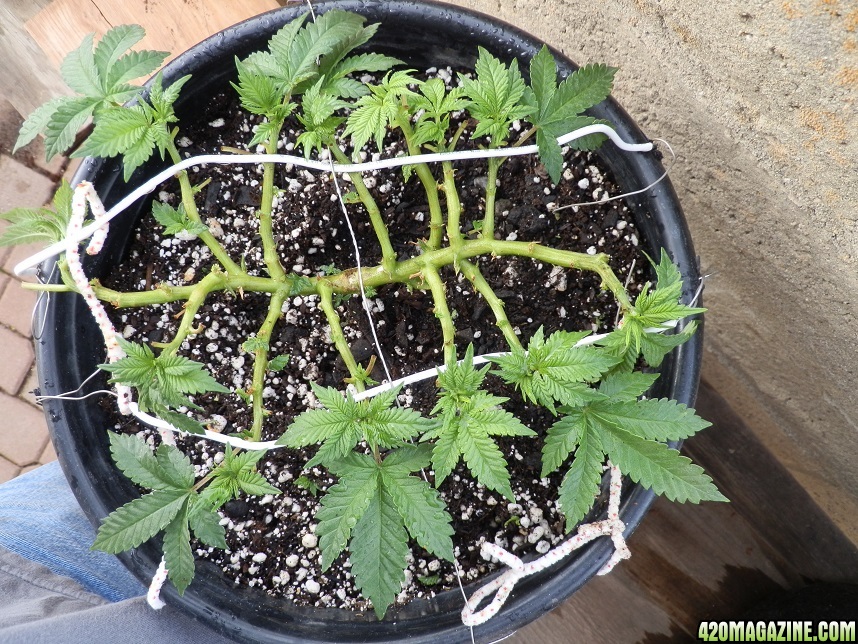
 and
and  :
: